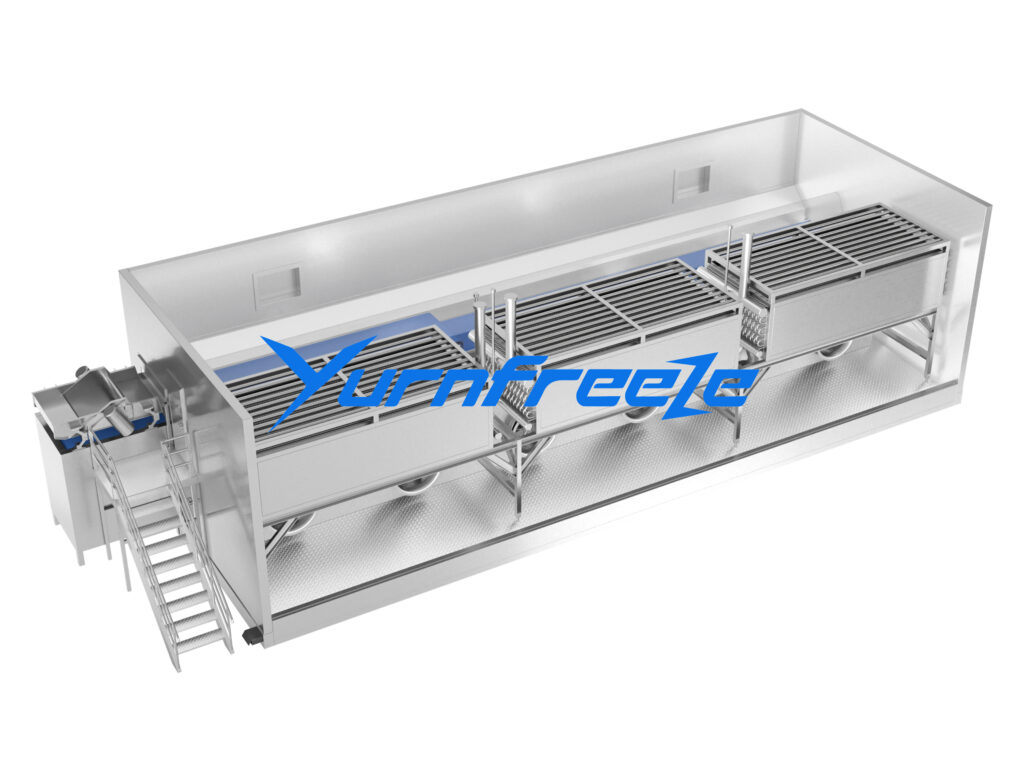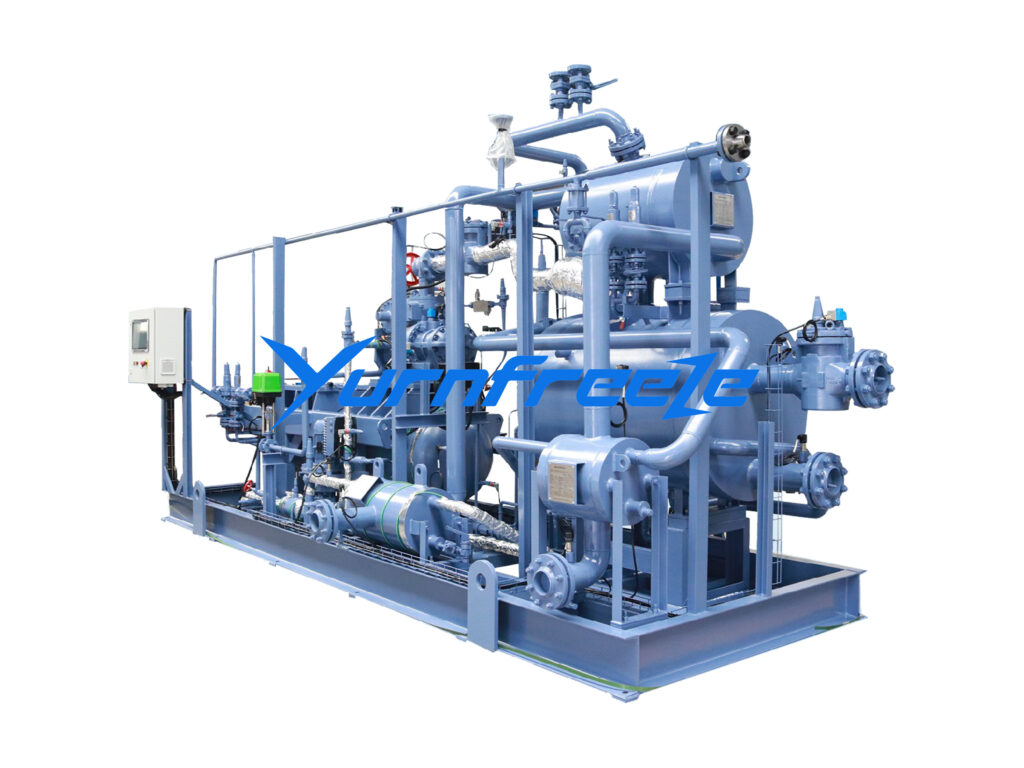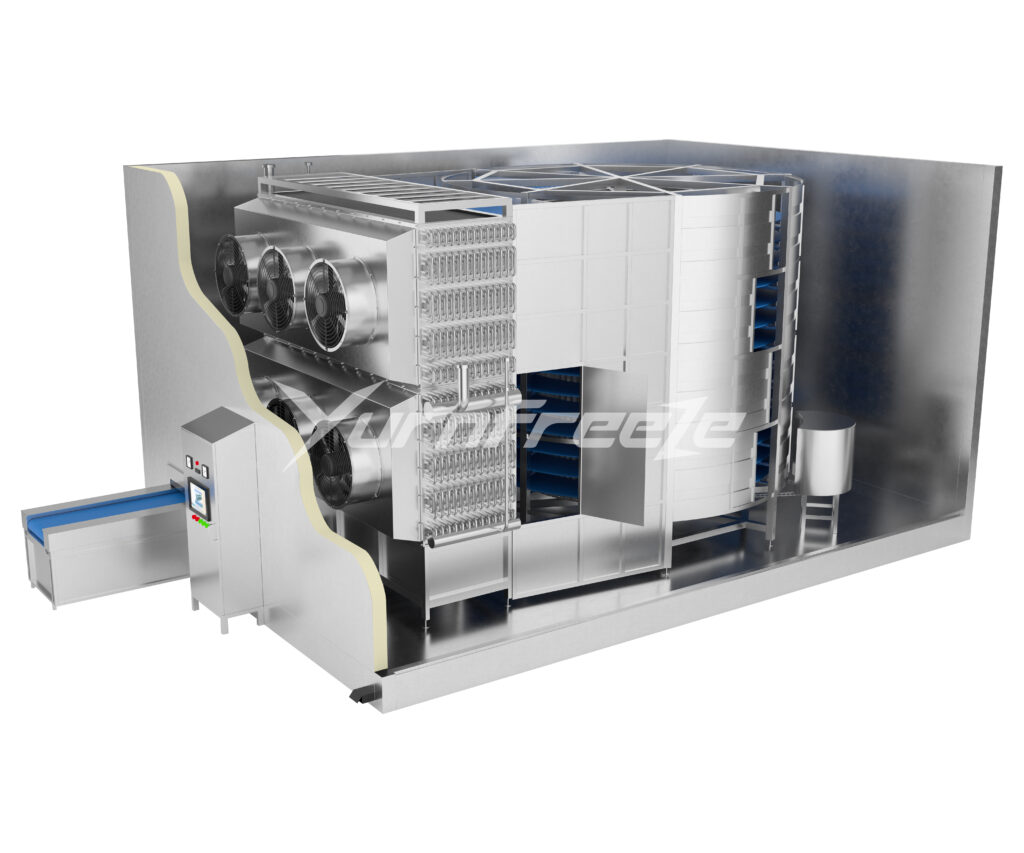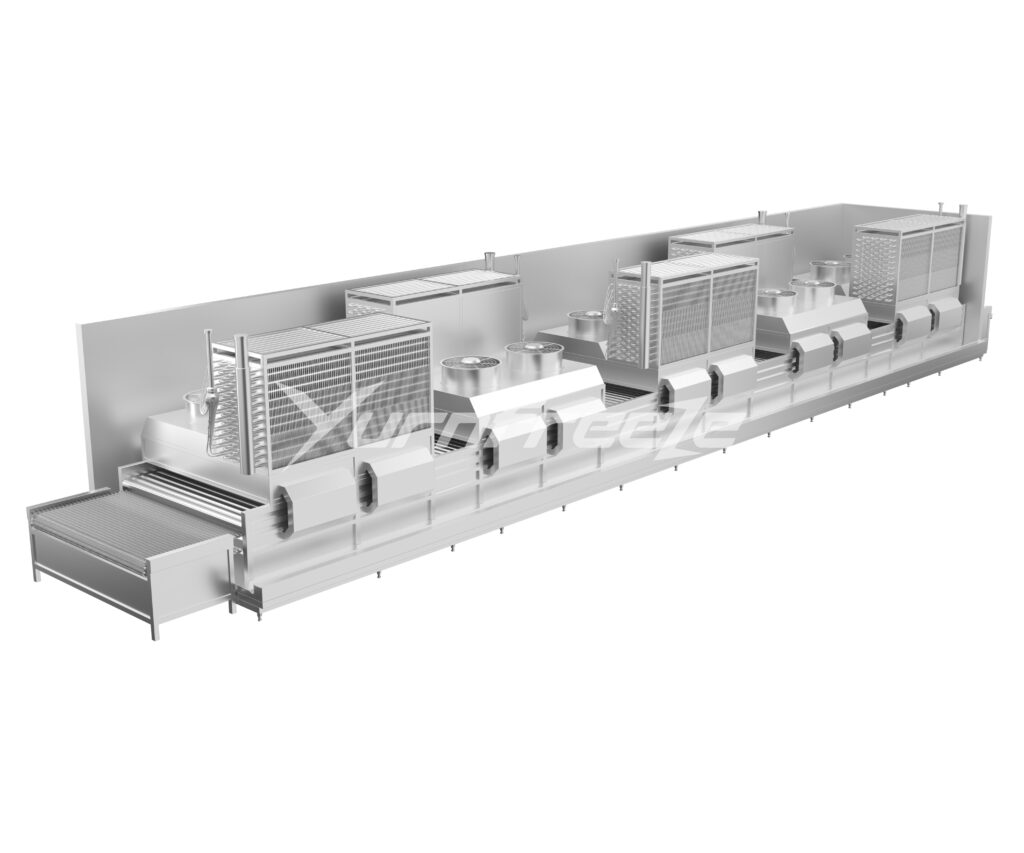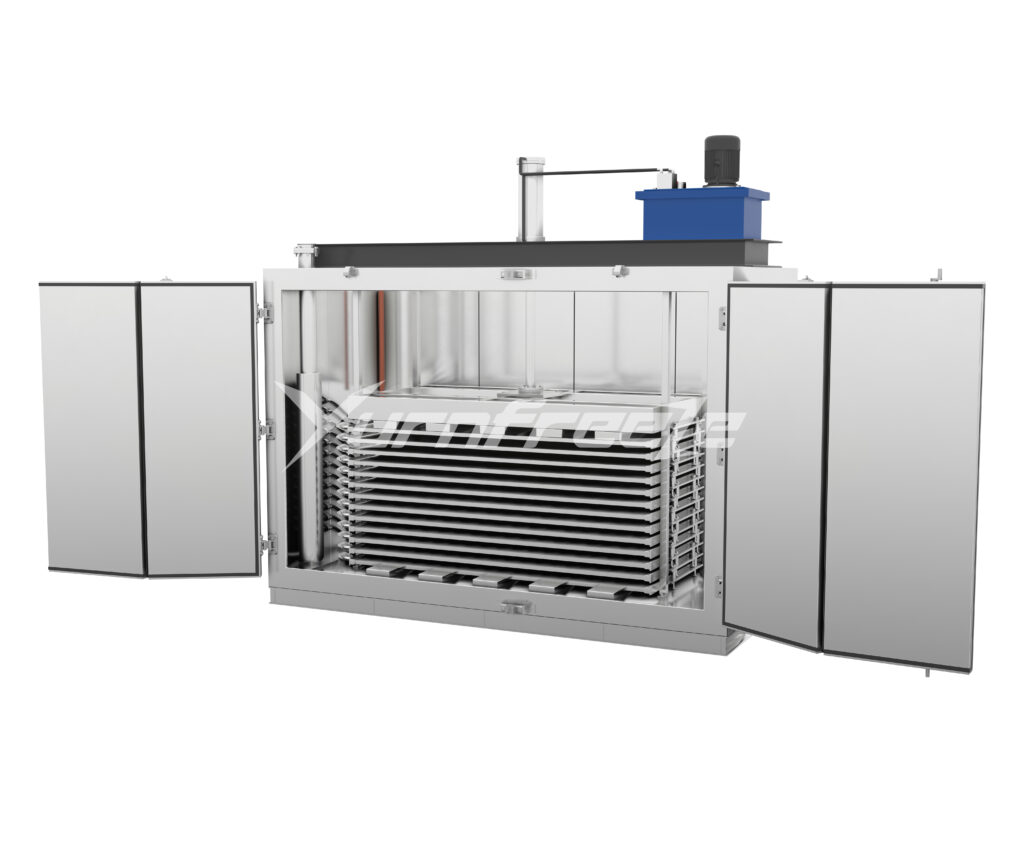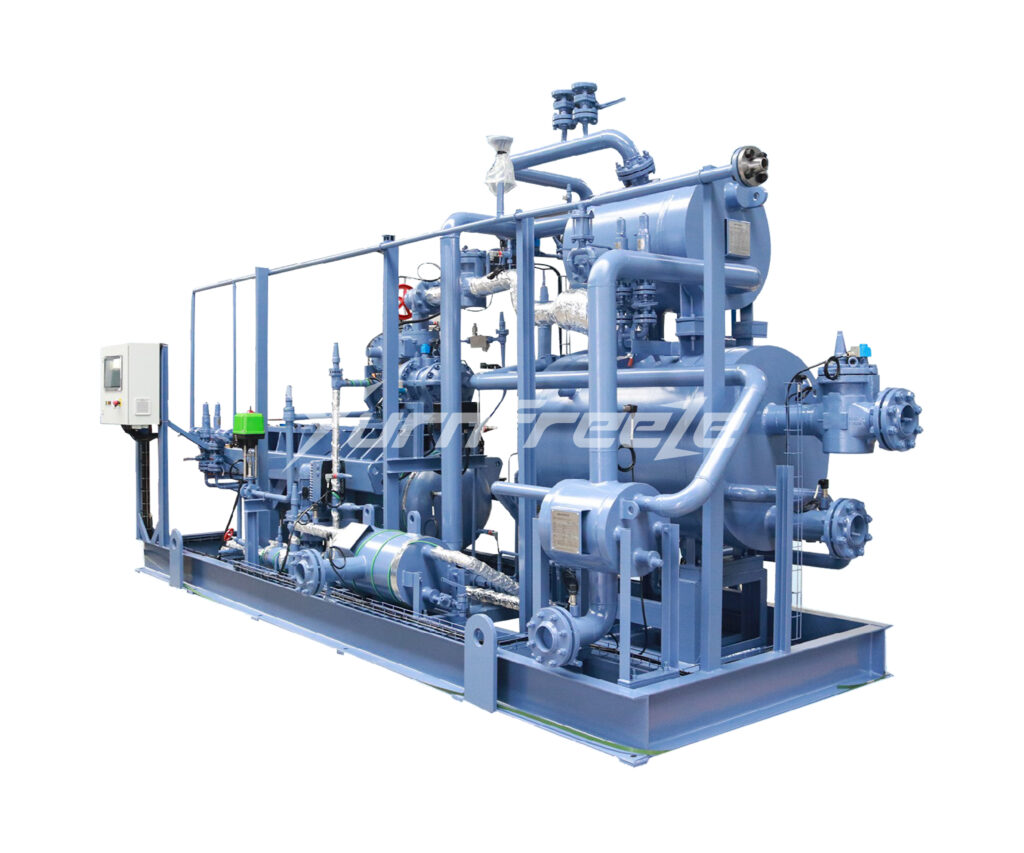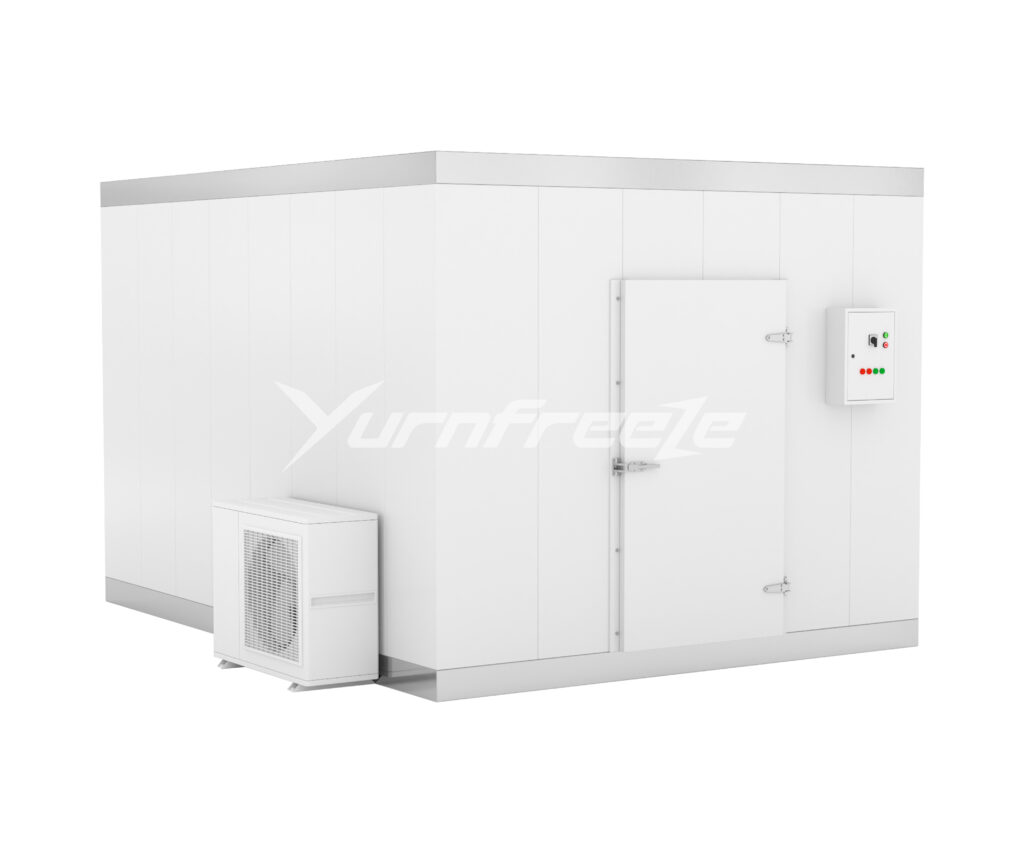Fish cake is a popular high-quality surimi product, beloved by consumers for its elasticity, white color, and delicious taste. It can be enjoyed on its own or used in a variety of visually appealing dishes, enhancing both visual and taste experiences. Whether producing traditional white fish cakes or two-tone and three-tone varieties, the processing technology of fish cakes demands the highest standards. This article provides a detailed overview of fish cake production, from raw material selection to final packaging and storage, exploring the technical key points and equipment choices at each stage.
1. Raw Material Selection
The quality of fish cakes highly depends on the freshness, elasticity, and color of the fish used. High-quality fish cakes require strong elasticity and a white color, making raw material selection extremely stringent. Fresh fish with low fat content, excellent taste, and strong elasticity should be chosen. White fish is typically preferred for fish cakes because its color and texture meet the desired standards. To ensure the quality of the fish cakes, frozen surimi or high-quality frozen fish is usually selected, preserving the freshness of the raw materials while maintaining the quality of the final product.
2. Beating Process
The beating process is a crucial step in fish cake production, directly affecting the elasticity and texture of the final product. The processing of fish cakes is similar to other surimi products but requires higher standards during the washing process to ensure elasticity and color. Washing removes blood and impurities from the fish, resulting in a whiter appearance. The beating process begins with “empty grinding,” where mechanical action breaks down the fish fibers. Next, salt is added to dissolve salt-soluble proteins, giving the surimi its characteristic stickiness. This stage is critical for the final shaping and texture of the fish cake. Finally, in the mixing stage, other ingredients are added, and the mixture is thoroughly blended for 20 to 30 minutes to ensure uniformity and stickiness.
3. Fish Cake Shaping
Shaping is a key step that determines the appearance and internal structure of the fish cake. In small-scale production, experienced workers often shape the fish cakes by hand, requiring considerable skill and expertise. However, with advancements in production technology, mechanical shaping equipment has gradually replaced manual operations, especially in large-scale production. For example, the K3B three-color fish cake forming machine can efficiently produce large quantities of fish cakes in a short time. The machine extrudes the surimi into the desired fish cake shape using a meat-feeding screw and evenly spreads it on a plate, cutting it into the required size and shape. For two-tone or three-tone fish cakes, the surimi can be divided into portions, each mixed with different natural colorants or seasonings to create red, yellow, and white layers, which are then layered and shaped by the machine, resulting in vibrant finished products.
4. Heating Process
The heating method directly affects the texture and appearance of the fish cake. Common heating methods include baking and steaming. Baking is primarily used to color the surface of the fish cake, making it smoother and more aesthetically pleasing. After baking, the surface of the fish cake forms a thin crust, adding to the variety of textures. However, steaming is more commonly used in actual production due to its ease of control. Steaming evenly heats the fish cake, ensuring it is fully cooked while maintaining its tender texture. The steaming process should be controlled at temperatures between 95°C and 100°C, with a heating time of about 45 minutes. To achieve better elasticity, it is recommended to first maintain the shaped fish cake at a temperature of 45°C to 50°C for 20 to 30 minutes, then rapidly increase the temperature to 90°C to 100°C and steam for another 20 to 30 minutes. This dual heating process significantly improves the elasticity and texture of the fish cake, making it more competitive in the market.
5. Cooling Process
Cooling is an essential step in the fish cake processing process, especially after steaming, where rapid cooling is required to maintain the shape and quality of the product. After steaming, the fish cake must be quickly cooled in cold water (10°C to 15°C) to help the fish cake reabsorb moisture lost during heating, preventing surface drying, wrinkling, and browning. Rapid cooling not only preserves the appearance of the fish cake but also ensures the stability of its internal structure and the softness of its texture. Since the core temperature of the cooled fish cake remains high, it is usually placed on a cooling rack for natural cooling. The air in the cooling room should be purified to avoid microbial contamination, and UV sterilization lamps should be used to sterilize the surface of the fish cake, ensuring food safety.
6. Packaging and Storage
After cooling, the fish cakes need to be packaged as quickly as possible to prevent quality degradation. In modern production lines, the use of automatic packaging machines not only improves production efficiency but also effectively reduces hygiene risks associated with manual handling. The packaged fish cakes are usually placed in wooden boxes and stored in a cold storage room at a temperature of 0°C ± 1°C until shipment. The packaged fish cakes can be stored at room temperature (15°C to 20°C) for 3 to 5 days, while in cold storage, they can be preserved for 20 to 30 days. It is worth noting that the shelf life of fish cakes is closely related to the packaging materials and temperature control of the cold storage. Therefore, using high-quality packaging materials and maintaining stable cold storage temperatures are crucial for extending the shelf life of fish cakes.
Conclusion
Fish cake processing technology involves not only raw material selection and production processes but also relies on advanced equipment and strict quality control. If your company is looking to improve the production efficiency and product quality of fish cakes or other surimi products, our professional quick-freezing equipment can provide you with the ideal solution. Our equipment has helped numerous companies achieve automation in production and has earned a good reputation in the industry. Whether you want to enhance the elasticity of your products, extend their shelf life, or increase the automation level of your production line, we can offer customized equipment and technical support. Feel free to contact us to learn more about our products and services.





